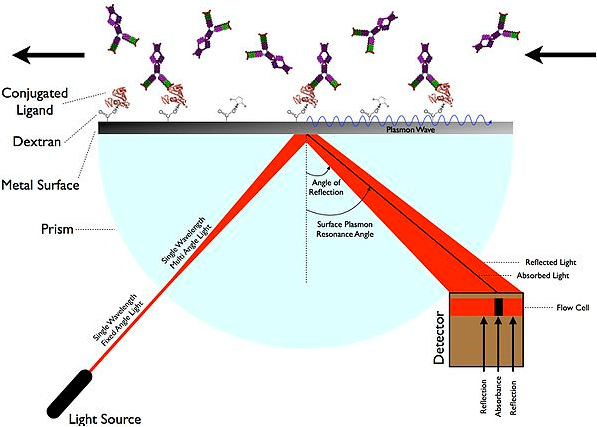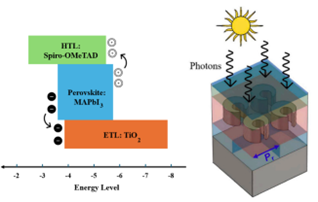Faculty Office Ext.
1752
Faculty Building
UB1
Office Number
303
Dr. Mai received her B.Sc. degree in Electronics and Communications Engineering (Hons.) from Ain Shams University in 2008. She obtained an M.Sc. degree in Physics in 2012 from The American University in Cairo (AUC), and a Ph.D. degree in Electrical Engineering from Katholieke Universiteit Leuven, Belgium in 2017. During her graduate studies, she received several fellowships, including the KAUST, Yousef Jameel, and Fonds Voor Wetenschappelijk Onderzoek (FWO) fellowships. Additionally, she was awarded several travel grants, which facilitated her participation in top international conferences and workshops in her research area.
Dr. Mai joined Nile University as an Assistant Professor in Fall 2021, where she teaches core physics courses to undergraduate students from different disciplines. Prior to joining Nile University, she gained experience in teaching other courses, including electromagnetics and electric circuits. She has authored/co-authored a US patent and 37 international papers published in highly ranked peer-reviewed journals and conferences. Currently, Dr. Mai is an associate member (2024-2029) of the International Center for Theoretical Physics (ICTP), allowing her to maintain long-term connections with ICTP research centers.
- Fulbright Junior Faculty Development Fellowship, University of Texas in Austin (2022).
- Nokia Bell Scientific Prize, Belgium (2018).
- Highest GPA award, The American University in Cairo (2011).
- Electromagneitcs and antennas
- Computational electromagnetics
- Plasmonics

Plasmonic Sensors for Biomedical and Infra-Red Detection Application

Terahertz Metamaterial Structures for Biomedical Sensing Applications




